Integration options
There are two ways to create a webhook for Microsoft Teams:- Microsoft Teams Connectors (Legacy): The traditional way of creating webhooks, but this method is being deprecated by Microsoft.
- Power Automate Workflows (Recommended): The newer, more flexible way to create webhooks. Note that when using this method, Elementary CLI cannot directly verify if messages were delivered - you’ll need to monitor your workflow runs in Power Automate.
Teams integration setup
First create a Microsoft Teams team:Create a new Team
Create a new Team
Create a new Team
Go to the Microsoft Teams desktop app and create a new team.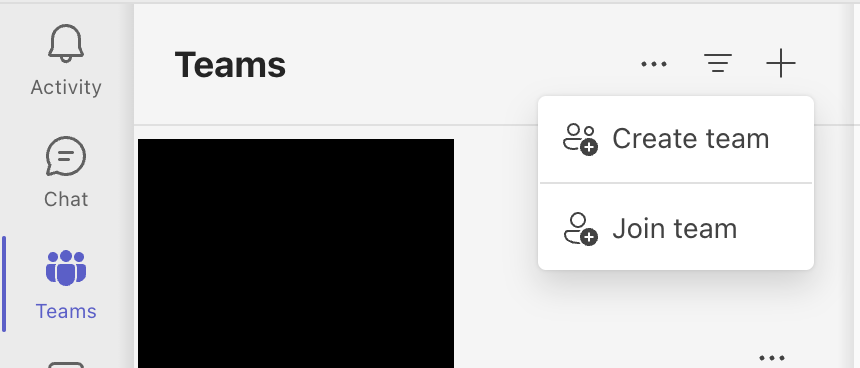 Create a team from from a template and use the
Create a team from from a template and use the From Scratch template. Choose
Choose Public as the kind of a team. Call it
Call it Elementary (or whatever you prefer) and connect it to the workspace of your choice.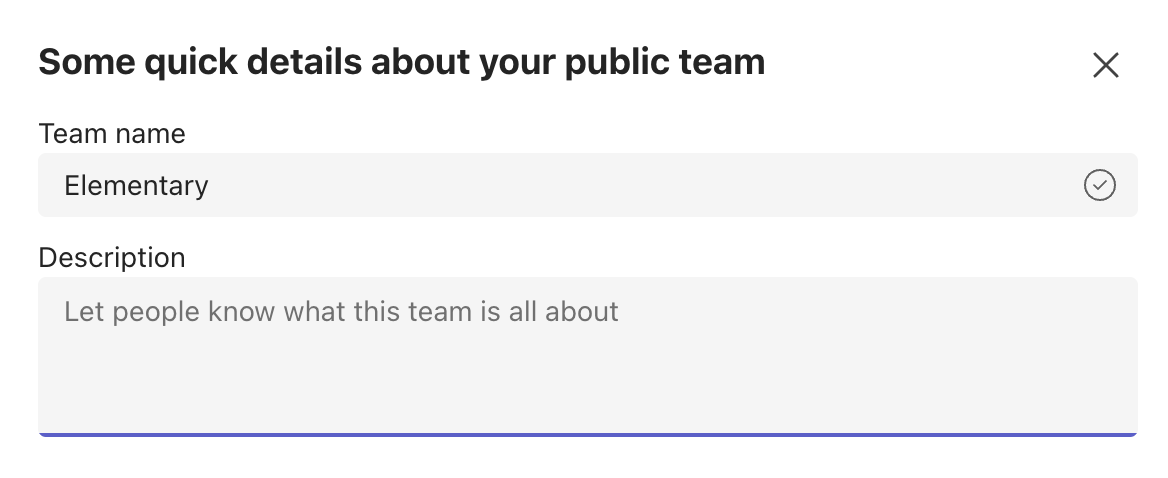
Option 1: Create Teams Webhook using Connectors
Option 1: Create Teams Webhook using Connectors
Create a webhook using Connectors
Note: Microsoft 365 Connectors are set to be deprecated end of 2025. Consider using Power Automate Workflows (Option 2) for new integrations.Go to a channel in your Team and chooseManage channel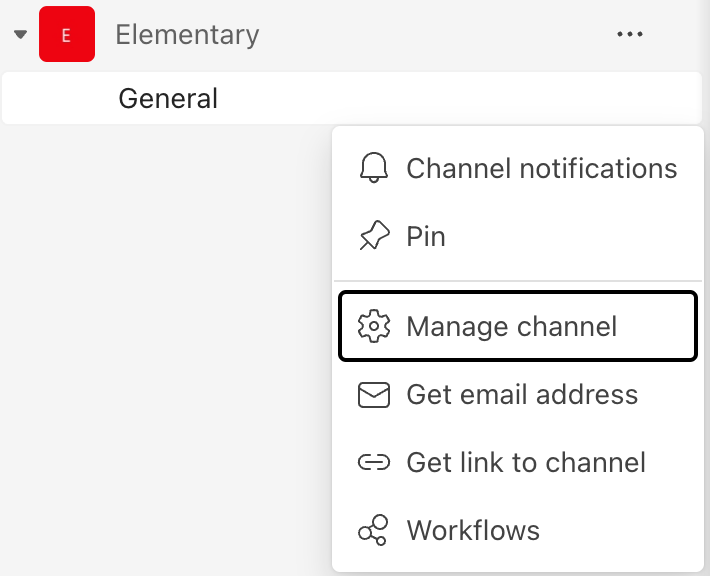 Choose
Choose Edit connectors.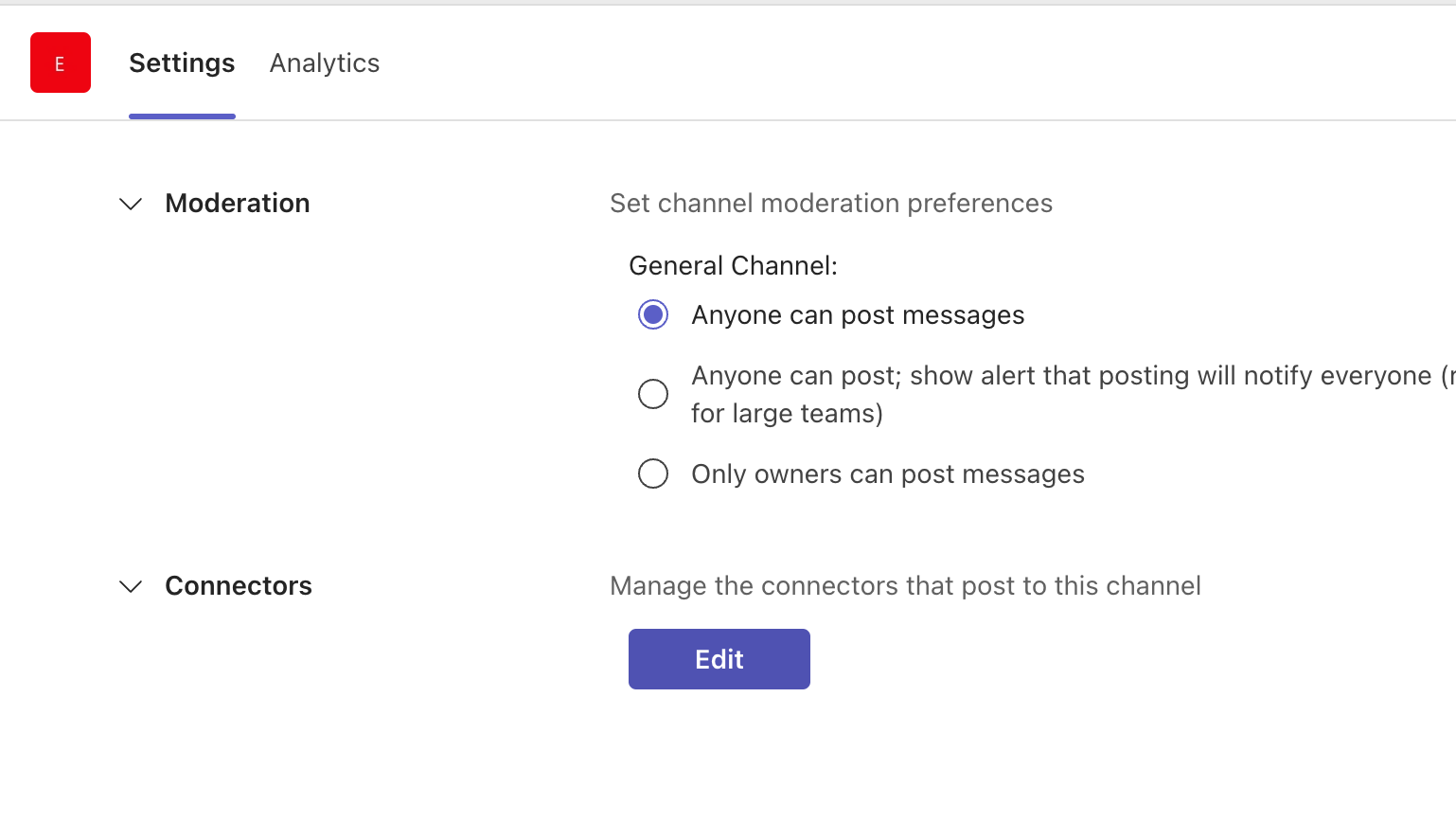 Search for
Search for Incoming webhook and choose Add.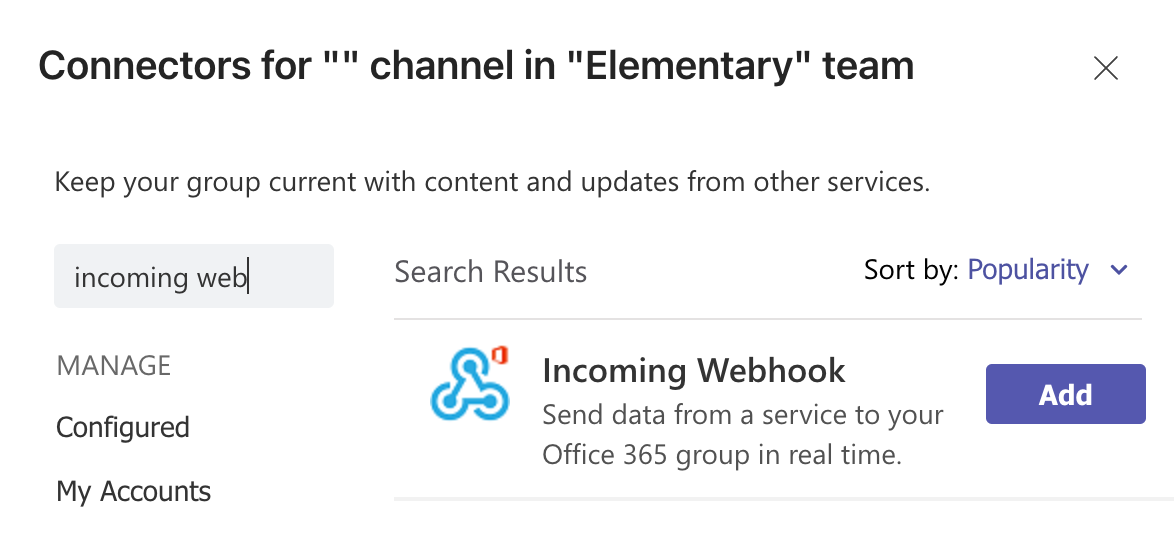 Choose
Choose Add again and add name your webhook ElementaryWebhook (or whatever you prefer). And Create the webhook.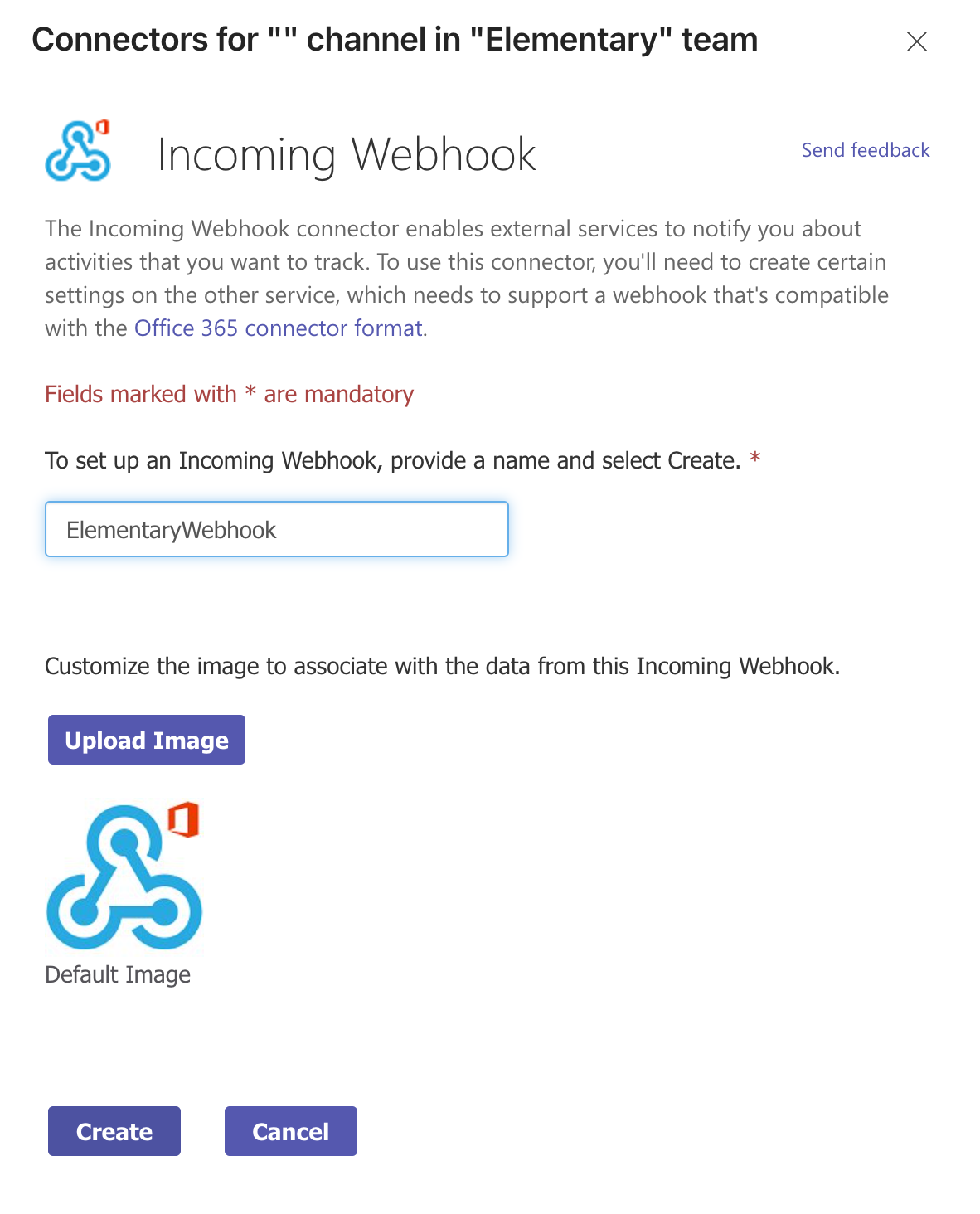 Copy the URL of the webhook.
Copy the URL of the webhook.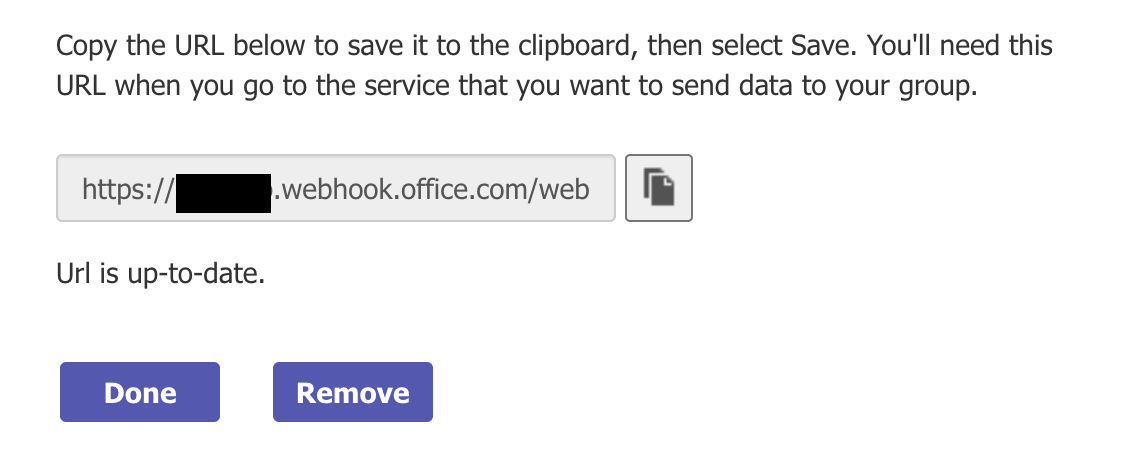
Option 2: Create Teams Webhook using Power Automate (OSS)
Option 2: Create Teams Webhook using Power Automate (OSS)
Create a webhook using Power Automate
You can create a webhook using Power Automate in two ways:Method 1: Directly from Teams (Recommended)
- Go to your Teams channel
- Click the three dots (…) next to the channel name
- Select
Workflows - Choose the template “Post to channel when a webhook request is received”
- Copy the webhook URL
Method 2: From Power Automate Website
- Go to Power Automate
- Create a new instant cloud flow
- Search for “When a HTTP request is received” as your trigger
- In the flow, add a “Post adaptive card in a chat or channel” action
- Configure the team and channel where you want to post
- Save the flow and copy the HTTP POST URL
- When using Power Automate Workflows, Elementary CLI cannot directly verify if messages were successfully delivered. You’ll need to monitor your workflow runs in Power Automate to check for any delivery issues.
- Workflows can’t post in private channels as a flow bot, but can post on behalf of a user
- Workflows can only be created in your default environment
config.yml file:
Teams config as CLI params
Teams config as CLI params
Teams config as in config.yml
Teams config as in config.yml
The CLI reads the Teams integration from a file, copy it into a file called config.yml.
Create it here:
HOME_DIR/.edr/config.ymlHere is the format in the yml itself:Webhook:
config.yml

